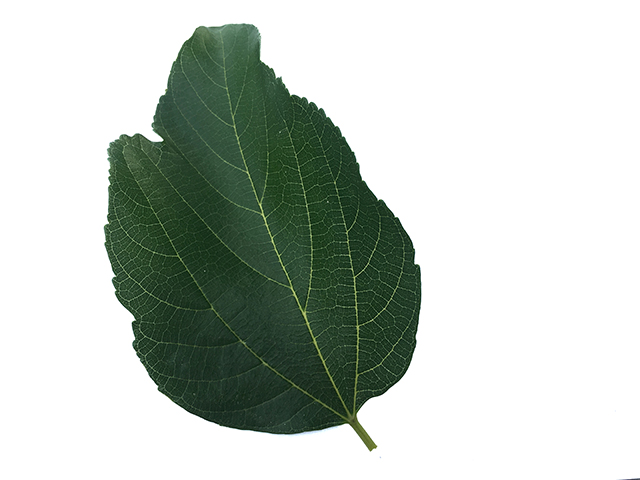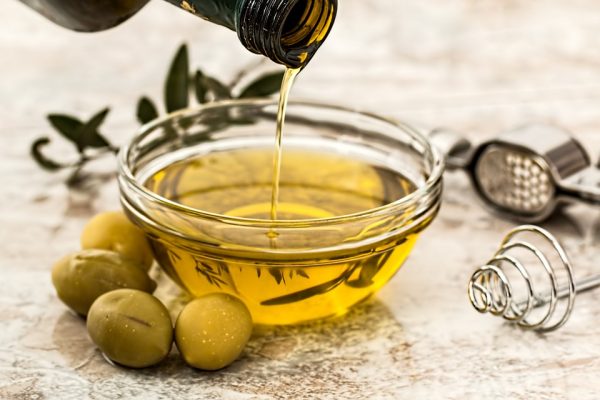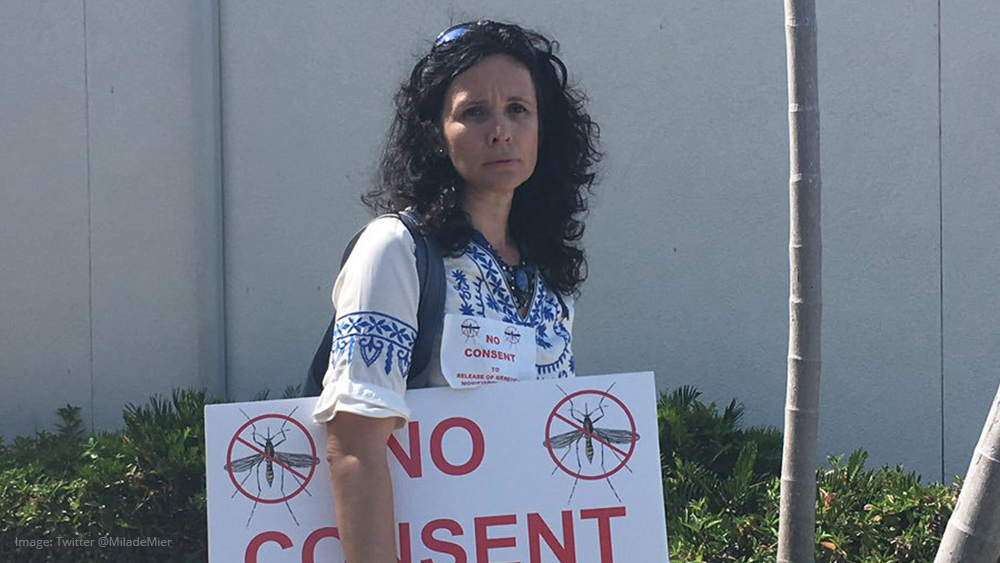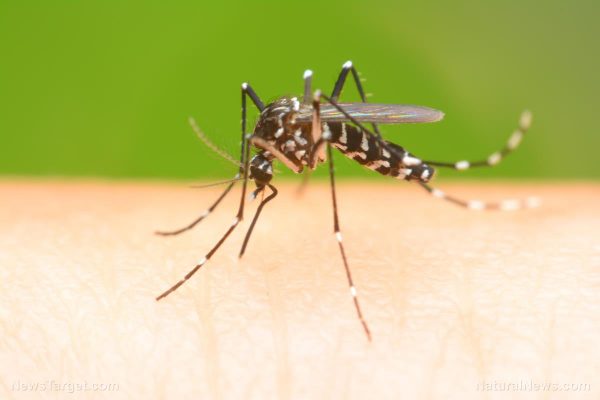There are over 500 different microorganisms in our mouths, says Saveyoursmile.com. One of the most prolific, known as streptococcus mutans, is the one that causes all that sticky plaque. In the last 7000 years, a wide variety of substances have been utilized to get rid of it. The Eqyptians created a tooth cream by “mixing powdered ashes of oxen hooves with myrrh, burnt egg shells, pumice, and water.” The Persians added gypsum and the shells of burnt oysters and snails. The well-to-do in 18th century England tried borax, but that was not kind to the enamel, or the oral mucosa – the membrane in the mouth’s lining and one of the most absorbent tissues in the body.
Today, the American toothpaste marketplace is a $1.6 billion dollar business. Unfortunately, the ingredients in most commercial toothpastes, and even in some who claim to be “natural” may contain a bevy of toxic ingredients, reports Cornucopia. FDA approved chemicals in toothpastes, even the “natural” ones can include paraben preservatives, sodium lauryl sulfate, artificial flavors, colors or sweeteners, carrageenan, and diazolidnyl urea. These compounds are endocrine disruptors, skin irritants, and suspected or known carcinogens. Why allow these in your mouth, when you can make your own great tasting toothpaste that can heal your cavities, help prevent gum disease and whiten your teeth without those nasty toxins? Here’s a recipe from Holisiticlivingtips.com:
Ingredients:
3 tablespoons of baking soda
3 tablespoons of extra virgin coconut oil
1 tablespoon of xylitol
1 tablespoon of neem powder
15 drops of mint essential oil
Make your paste:
It’s recommended that you use a glass jar when making your truly natural and effective toothpaste. And it’s as easy as simply mixing everything together! Keep in mind that using extra virgin coconut oil is very important, as it has been shown to have antimicrobial effects. Neem powder provides the benefits helping prevent gum disease and bad breath, says Stylecraze.com. It also helps reduce plaque and cavities due to its “antibacterial, antiseptic, antimicrobial, and anti-inflammatory properties.”
Although the xylitol can safely sweeten the taste of your toothpaste, it provides additional oral health benefits, according to Authoritynutrition.com. The plaque creating streptococcus mutans bacteria can literally be starved to death by xylitol. Saliva is increased by using xylitol and that additional saliva helps with teeth mineralization. Xylitol also helps prevent gum disease.
Baking soda is helpful especially if you have stains on your teeth, as it can help remove discoloration, according to Newhealthguide.org. It’s alkaline properties “release free radicals that attack teeth stains,” and “has a bleach-like action.” Essential oils are for more than aroma. Peppermint essential oil can help reduce anaerobic bacteria, which, if they proliferate, can cause gum disease. Spearmint essential oil has antiseptic qualities and can sooth the oral mucosa. Follow more news on natural remedies at Remedies.news.
It’s recommended to use this toothpaste three times a day. Oral health is so important to your overall health and self esteem. If you’re making every effort to eat healthy foods without chemicals, GMOs or pesticides, wouldn’t you want to make the same effort for the teeth that are chewing it?
Check out the label on your current toothpaste and see what it says. You may be unpleasantly surprised. But now, you have the resources to change brands.
Sources:
SaveYourSmile.com
Cornucopia.org
HolisticLivingTips.com
Ncbi.nlm.nih.gov
Science.NaturalNews.com
StyleCraze.com
AuthorityNutrition.com
NewHealthGuide.org
BodyUnburdened.com





















